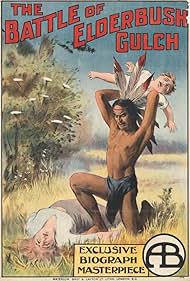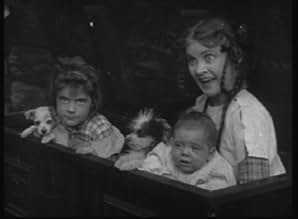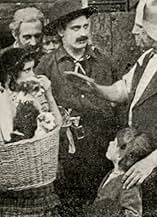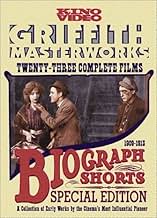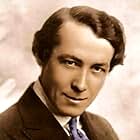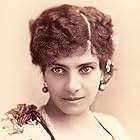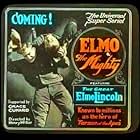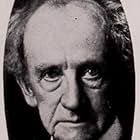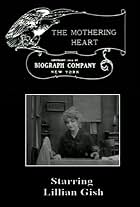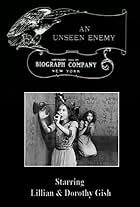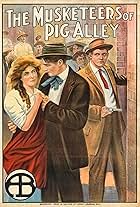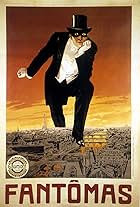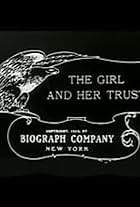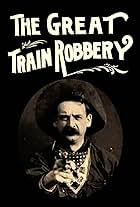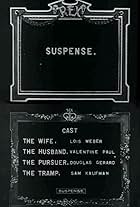The fact that an Indian tribe is eating puppies starts an action-packed battle in a Western town.The fact that an Indian tribe is eating puppies starts an action-packed battle in a Western town.The fact that an Indian tribe is eating puppies starts an action-packed battle in a Western town.
Kate Bruce
- Settler
- (uncredited)
Charles Gorman
- Among the Indians
- (uncredited)
Elmo Lincoln
- Cavalryman
- (uncredited)
Betty Marsh
- Child
- (uncredited)
W. Chrystie Miller
- Settler
- (uncredited)
W.C. Robinson
- Among the Indians
- (uncredited)
- Director
- Writers
- All cast & crew
- Production, box office & more at IMDbPro
Storyline
Did you know
- TriviaThe film was released in Germany four and a half months before its official premiere in the US.
- Alternate versionsIn the 1920s, the Aywon Film Corporation distributed a 37 minute version; the added length is due to the editing and new titling by M.G. Cohn and J.F. Natteford. This version includes extended opening credits and added intertitles in the style of 1920s titling.
- ConnectionsFeatured in Langlois (1970)
Featured review
No other film before "The Birth of a Nation" better shows the potential D.W. Griffith could direct something of such scope than does "The Battle at Elderbush Gulch". His direction of the battle scenes here are the best precursor to those in "The Birth of a Nation", even so much as for this website to say that the later film references this one. Griffith's last picture for Biograph, "Judith of Bethulia", had battle scenes, too, but nothing was added to the grammar. It was a larger battle than the one in this film, yet Griffith didn't have the budget or time to make it grand. He was going over-budget and making a feature-length film without permission from studio-heads.
The battle scenes in this film are on a smaller scale. Within that battle, there's focus on small skirmishes via extensive crosscutting. It's brutal--an infant is tossed around at one point, which I hope was a trick-shot of some sort. There's lots of smoke. There are multiple plot lines throughout, which are interlinked fluently in the climax.
All of this creates an omniscient, unrestricted narrative. The bird's eye views of the fighting are a style still used today, although the irises aren't. Griffith and Billy Bitzer further display their mastering of camera distance with frequent use of medium shots. They hadn't figured out how to do an onrush shot yet, though, as the camera position of the cavalry is boring; they'd correct that in "The Birth of a Nation". There's the missing wall in interior shots; they'd never correct that.
As fellow posters have condemned, this film is a precursor of "The Birth of a Nation" in another way: racism. Although I suppose it is racism either way, I doubt that Griffith intended to portray Native Americans ridiculously (he clearly stated that he considered Blacks to be childlike, although he didn't agree that was racist), but rather it was the result of his lack of understanding any particular tribal culture or fully understanding film representation. Bad acting didn't help, either. Only Lillian Gish and Mae Marsh really knew what they're doing. Anyhow, Griffith's earlier short film, "The Redman's View" was an attempt to be respectful of the Native-American population, even though it's a boring movie.
(Note: This is one of three short films by D.W. Griffith that I've commented on, with some arrangement in mind. The other films are "A Corner in Wheat" and "The Girl and Her Trust".)
The battle scenes in this film are on a smaller scale. Within that battle, there's focus on small skirmishes via extensive crosscutting. It's brutal--an infant is tossed around at one point, which I hope was a trick-shot of some sort. There's lots of smoke. There are multiple plot lines throughout, which are interlinked fluently in the climax.
All of this creates an omniscient, unrestricted narrative. The bird's eye views of the fighting are a style still used today, although the irises aren't. Griffith and Billy Bitzer further display their mastering of camera distance with frequent use of medium shots. They hadn't figured out how to do an onrush shot yet, though, as the camera position of the cavalry is boring; they'd correct that in "The Birth of a Nation". There's the missing wall in interior shots; they'd never correct that.
As fellow posters have condemned, this film is a precursor of "The Birth of a Nation" in another way: racism. Although I suppose it is racism either way, I doubt that Griffith intended to portray Native Americans ridiculously (he clearly stated that he considered Blacks to be childlike, although he didn't agree that was racist), but rather it was the result of his lack of understanding any particular tribal culture or fully understanding film representation. Bad acting didn't help, either. Only Lillian Gish and Mae Marsh really knew what they're doing. Anyhow, Griffith's earlier short film, "The Redman's View" was an attempt to be respectful of the Native-American population, even though it's a boring movie.
(Note: This is one of three short films by D.W. Griffith that I've commented on, with some arrangement in mind. The other films are "A Corner in Wheat" and "The Girl and Her Trust".)
- Cineanalyst
- Aug 10, 2004
- Permalink
Details
- Runtime29 minutes
- Color
- Sound mix
- Aspect ratio
- 1.33 : 1
Contribute to this page
Suggest an edit or add missing content

Top Gap
By what name was The Battle of Elderbush Gulch (1913) officially released in Canada in English?
Answer